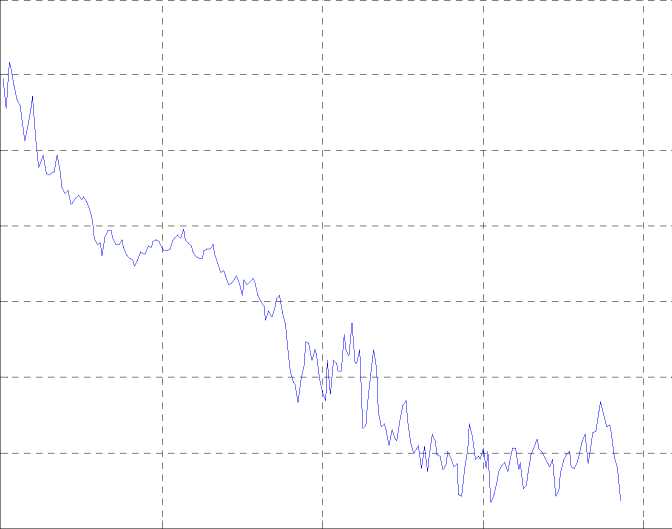
Chart 7 plots steady-state inflation as defined by Equation (8). It shows a gradual but
marked decline for most of the sample period. From 1999, whilst the downward trend
gradually flattens out, volatility appears to increase, especially in the early stages of
EMU and in the most recent period.
Chart 7. Steady state inflation
5
4.5
4
3.5
3
2.5
2
1.5
1990 1995 2000 2005 2010
3.3 Short-Run and Steady-State Inflation Uncertainty
Chart 8 shows short-run inflation uncertainty and its structural component estimated
using Equation (5). A sharp decline in the early part of the sample is followed by an
upward shift and higher volatility around a positive trend afterwards, the biggest spike
coinciding with the latest financial turmoil. Decomposing short-run uncertainty into
impulse and structural uncertainty reveals that the latter dominates, i.e. exogenous
shocks are the main driving force of swings in short-run uncertainty, whilst structural
uncertainty (which can be interpreted as reflecting unanticipated changes in monetary
policy) is relatively stable throughout the sample period and does not play a
significant role.
The focus of the ECB is, however, on medium- to long-term price stability, and
therefore a more relevant measure to consider is steady-state inflation uncertainty (see
Chart 9). This appears to follow a downward trend with the exception of the early
years of the euro, when agents were still learning about the new monetary
environment. The steady decline since then can be seen as an indication of the ECB’s
success in fulfilling its mandate as specified in the Maastricht Treaty.
11
More intriguing information
1. Large Scale Studies in den deutschen Sozialwissenschaften:Stand und Perspektiven. Bericht über einen Workshop der Deutschen Forschungsgemeinschaft2. From Communication to Presence: Cognition, Emotions and Culture towards the Ultimate Communicative Experience. Festschrift in honor of Luigi Anolli
3. Dynamiques des Entreprises Agroalimentaires (EAA) du Languedoc-Roussillon : évolutions 1998-2003. Programme de recherche PSDR 2001-2006 financé par l'Inra et la Région Languedoc-Roussillon
4. The name is absent
5. Foreign Direct Investment and the Single Market
6. Education Research Gender, Education and Development - A Partially Annotated and Selective Bibliography
7. Multi-Agent System Interaction in Integrated SCM
8. The name is absent
9. Regional Intergration and Migration: An Economic Geography Model with Hetergenous Labour Force
10. The name is absent